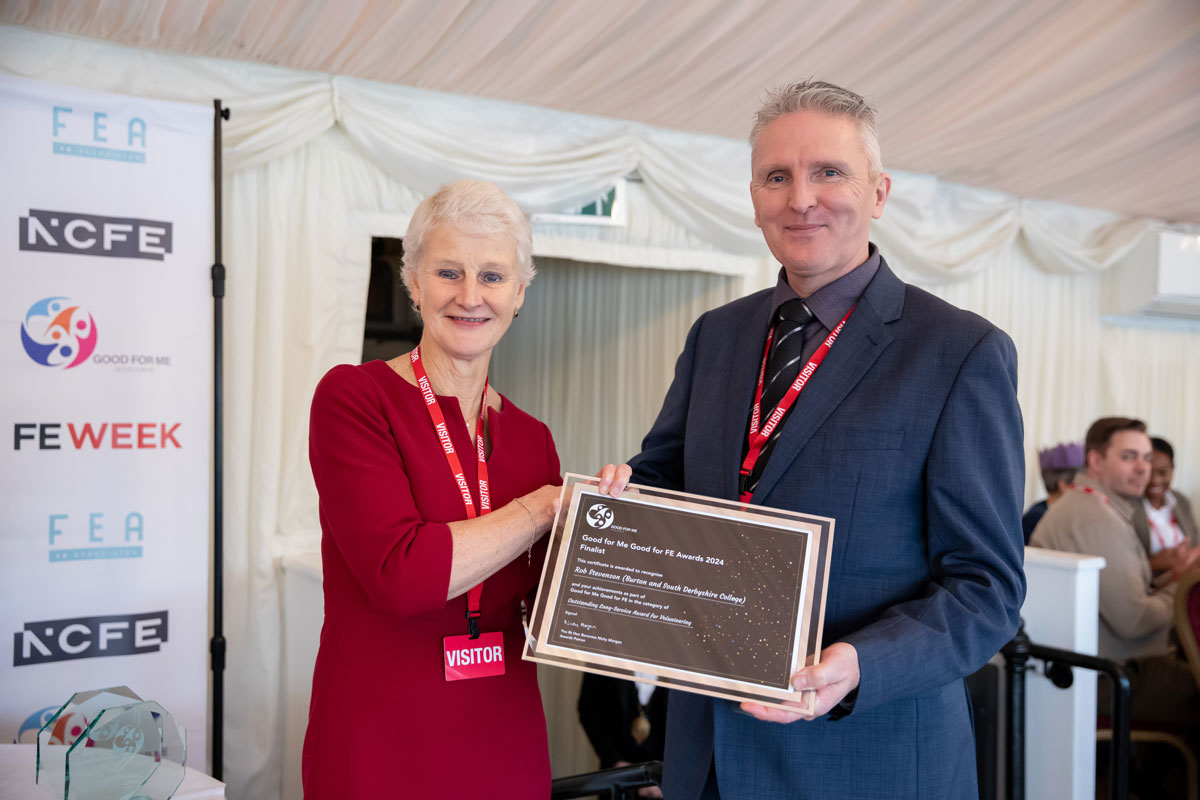Subcontracting enhances educational provision, but what about the risks?

We are nearing the end of the funding year for Education and Skills Funding Agency (ESFA) funded provision. Among the many year-end processes and planning for the next year are considerations in relation to subcontracting at an operational and strategic level. If you haven’t done so already, you need to allow time for discussions and decision making in your board agenda.
Subcontractors help expand the breadth and reach of educational provision, playing an important role in supporting lead providers to deliver an organisation’s strategic objectives.
Lead providers and subcontractors alike will both need to consider the impact consultations; the introduction of the specific subcontracting funding rules; the decommissioning of Register of Training Organisations (ROTO); and compliance with the subcontracting standard, due to come into effect from 1 August 2022, have on respective organisations and communities.
The subcontracting declaration window is now open, with a deadline of 7 July for submission and providers should ensure they don’t miss it.
In the interim, analysis of the first ‘ESFA declared Subcontractor Return’, published in January, made for some interesting reading. It is important to note that the return is fully dependent on lead providers completing the return accurately and that funding for devolved authorities does not appear in the data; where funding has changed from the ESFA to devolved year on year, the position could be different to what it appears.
The ESFA subcontracting funding rules, 16 to 19 annex, reminds all lead providers that “ESFA funded provision, includes enrichment, employment and pastoral (EEP) activity funded as part of a study programme or T Level” and “where the funded provider pays a third party to deliver such activity they are deemed to be a subcontractor”,
When considering the above and the policy direction, this Subcontractor Return indicates that lead organisations are considering whether to/how they should subcontract:
- The volume of subcontracting in 2021/22 is less than in previous years, a reduction of 17% compared to 2020/21.
- There are approximately 13% fewer lead providers (437) with subcontracting relationships compared to 2020/21.
- There are approximately 11% fewer subcontractor providers (745) holding contracts with lead providers than in 2020/21.
- There are approximately 27% fewer individual subcontractor relationships reported (2468) than in 2020/21.
- The aggregate funding subcontracted by the top 20 lead providers in 2021/22 is the highest of recent years with nearly 47% of funding provided issued from the top 20 providers compared to 43% in 2021 and 2020.
The ESFA has been clear for many years that lead providers “must not subcontract delivery to meet short-term funding objectives” and that “the subcontracting must enhance the quality of your learner offer”.
It is anticipated, like in previous years, the volume of subcontracting activities reported in the January 2022 release will differ to the final subcontracted volumes and we will keep a keen eye to see if/what areas change. It is expected that the volumes of subcontracting will reduce in response to the policy directives, changes to funding allocations, different forms of funding allocated with increased routes sources such as tender responses, bidding opportunities and devolved authorities. But there are other areas where we may see subcontracting increase, particularly aligned to areas such as apprenticeships where increased collaboration on standards is anticipated and areas such as EEP activities being reported.
It will also be interesting to understand why the volumes are different. There are a number of very clear reasons, such as due diligence was ongoing and not completed pre-December, and/or contracts had not been signed or other reasons which could lead to questions surrounding the ownerships and control over subcontracted provision within providers. The declaration return listing details the lead providers and subcontractors. As the ESFA notes, the return does not and should not be treated as “a list of [all] approved subcontractors”. Each lead provider is responsible for ensuring all of the funding rules, due diligence activities and approvals are obtained prior to entering into any subcontracting arrangement.
Key control requirements and deadlines
As in previous years, providers that subcontract provision of more than £100,000 by value need to provide assurance to the ESFA on their arrangements to manage and control their delivery subcontractors. This includes submission of a certificate and report, by an independent auditor, to the ESFA by 31 July 2022.
Providers also need to ensure that they have given due consideration to whether they meet the requirements of the Subcontractor Standard which is due to come into effect from 1 August 2022, which was reaffirmed in the ESFA’s update published on 20 April 2022. Whilst the auditors’ guidance is still in development, the requirements of the standard are well known.
Key dates and timelines (at the time of this article) for lead providers include:
- Subcontractor declaration deadline – 7 July 2022
- External audit report and certification deadline – 31 July 2022
- Subcontracting standard comes into effect – 1 August 2022
The above dates and requirements do not take into account other key milestones required in relation to subcontracting, many of which have now passed for the 2021/22 including the subcontracting due diligence deadline, the creation and publication of the subcontracting rationale, strategies, fees and charges. For lead providers considering subcontracting for 2022/23, all of the above will need to be reviewed and in place well in advance of 1 August 2022.
Final thoughts
As boards and senior management teams work towards these deadlines, questions to ask themselves might include:
- Have you clearly defined the term ‘subcontracting’ and what subcontracting means to your organisation?
- Are you aware of how subcontractors are currently supporting you to deliver your curriculum offer?
- Are you aware of the subcontracting reforms and have you considered how you comply with the specific Subcontractor Funding Rules 2021/22 and the rules released on 20 April 2022 for 2022/23?
- Do you receive regular assurance confirming compliance with the subcontracting requirements and receive regular updates on all aspects of the subcontractor provision and performance?
- Are you able to form an opinion as to whether subcontracted provision is delivered against the subcontracting policy objectives?
- Are you aware of plans to safeguard the learners and provision if the subcontractor fails financially or through any other means?
- Are you aware how subcontractors contribute to the financial performance of your organisation and aware of any reliance you have on subcontractor output?
- Are you aware of the impact of subcontracting payments on your cashflow, as well as your income and expenditure?
- Are you aware of the Subcontracting Standard and how your organisation currently performs against the criteria?
It is critically important that all organisations consider their subcontracting strategies and ensure that the changes highlighted through the consultation and the subcontracting standard have been considered throughout the organisation.












Responses